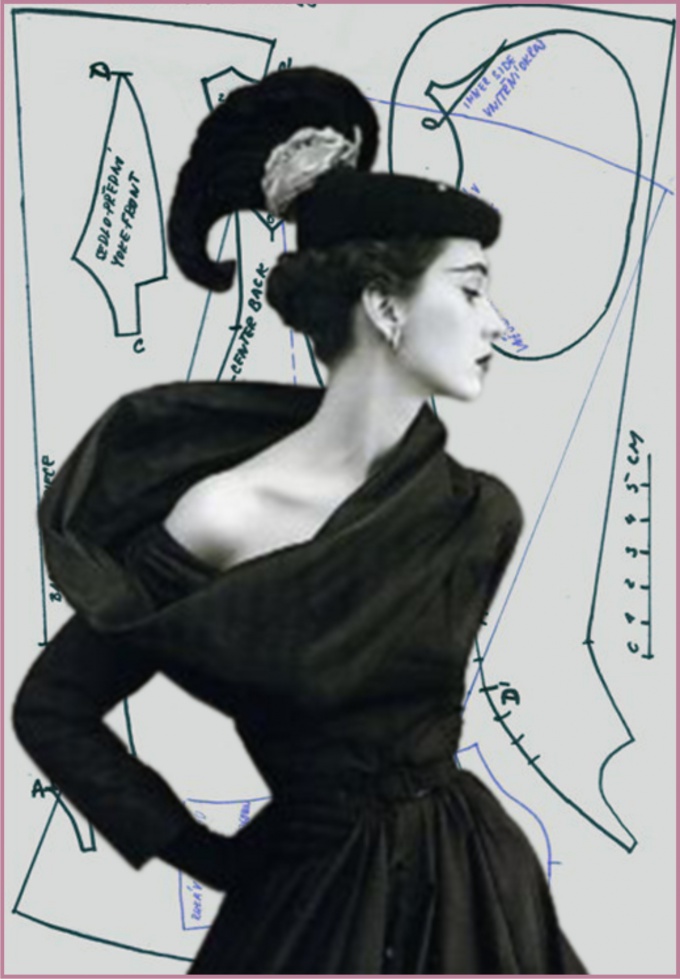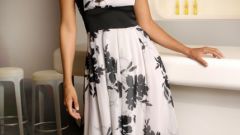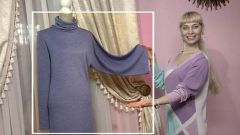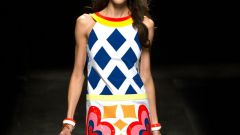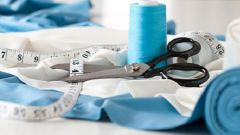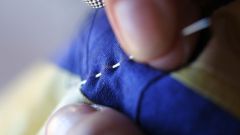You will need
- • Leaves with drawings of the finished patterns
- • The tape
- • Pencil
- • Line
- • Scissors
- • Tracing paper to transfer patterns
- • Tailor's chalk
- • Sewing pins
- • Fabric
Instruction
1
Before you make a dress pattern, clear main individual measurements:
1. OG bust.
2. FROM the waistline.
3. ABOUT the circumference of the hips.
4. DST — back length to waist.
5. DPT — front length from shoulder to waist. The measure removed from the middle shoulder through the highest point of the chest. Waist tie belt.
6. DPL — the length of the shoulder.
7. DI — the length of the product.
8. DR — length sleeves.
Take measurements specified on the diagram. The tape should fit snugly. Not allowed sagging and also a strong belt tension. Depends on the accuracy of selection in your size.
1. OG bust.
2. FROM the waistline.
3. ABOUT the circumference of the hips.
4. DST — back length to waist.
5. DPT — front length from shoulder to waist. The measure removed from the middle shoulder through the highest point of the chest. Waist tie belt.
6. DPL — the length of the shoulder.
7. DI — the length of the product.
8. DR — length sleeves.
Take measurements specified on the diagram. The tape should fit snugly. Not allowed sagging and also a strong belt tension. Depends on the accuracy of selection in your size.
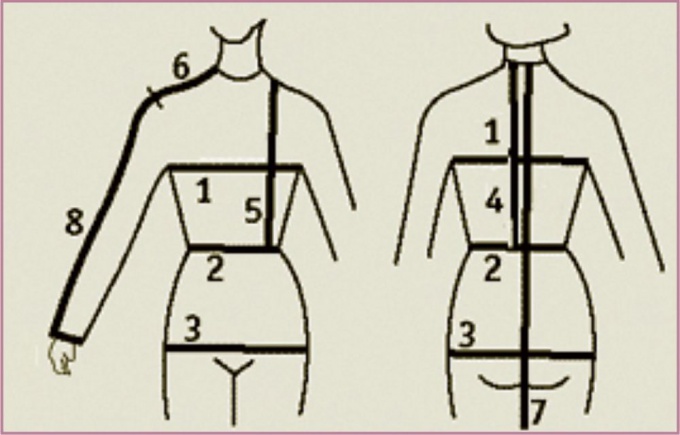
2
The table of standard clothing sizes determine your size. Focus on basic measurements, such as bust and hip measurement.
Please note that each manufacturer may have their own size charts. Therefore, to select use the table that offers the manufacturer of patterns. Usually ready patterns make several sizes.
For the chosen style of dress, find the parts marking and the symbols of the lines of their cutting.
Please note that each manufacturer may have their own size charts. Therefore, to select use the table that offers the manufacturer of patterns. Usually ready patterns make several sizes.
For the chosen style of dress, find the parts marking and the symbols of the lines of their cutting.

3
Lay the sheet with the finished pattern on a flat, hard surface. The top cover with tracing paper. Part number and conditional lines with a pencil sketch on tracing a continuous line, not deviating from it.
The leaves are patterns a-line details one dress often overlap. Slide the tracing paper so that the pattern following items be placed next to the already drawn. A-line dress details on the tracing paper should not overlap.
Some items on large sheets of patterns is divided into parts. Dock them along the lines of combining. The finished parts are carefully cut with scissors strictly on the lines.
The leaves are patterns a-line details one dress often overlap. Slide the tracing paper so that the pattern following items be placed next to the already drawn. A-line dress details on the tracing paper should not overlap.
Some items on large sheets of patterns is divided into parts. Dock them along the lines of combining. The finished parts are carefully cut with scissors strictly on the lines.
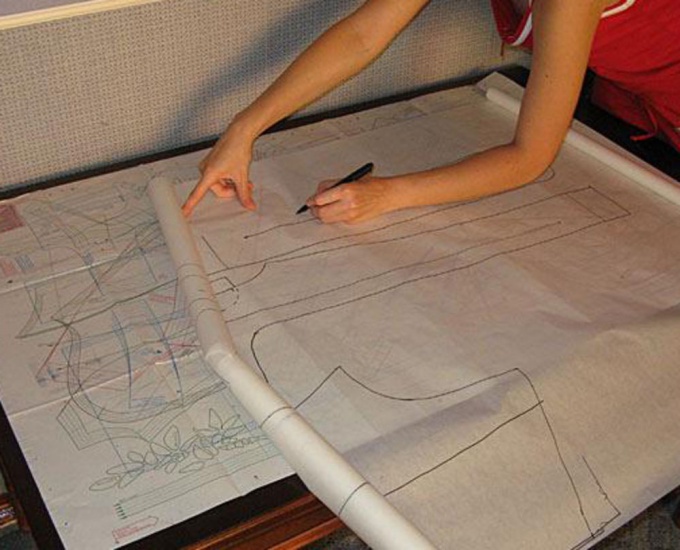
4
Fold prepared for the dress fabric double the grain lines. The fabric should lie side. Lay it on a flat and solid surface. Place the pattern pieces from the tracing paper onto the fabric, following the fold line and the seam. These instructions must be instructions for Assembly and sewing of dresses. Secure with pins every detail to avoid biases in the process of cutting.
Surround each detail of dresses tailor's chalk in a continuous, thin line. Each line of the seam, draw a dotted line. Before you reveal carefully check every detail and remember: "measure twice, cut once!".
Surround each detail of dresses tailor's chalk in a continuous, thin line. Each line of the seam, draw a dotted line. Before you reveal carefully check every detail and remember: "measure twice, cut once!".
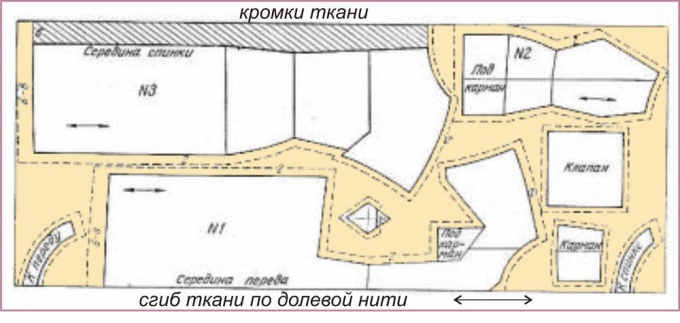
Note
It is important to note that the finished pattern is not necessary to adjust if your size is far from standard. In this case, it will require making custom patterns according to your measurements.
Useful advice
If you have little experience in cutting and tailoring, do not just cut out the good fabric on the prepared pattern. Cutting first dress of plain cloth. Having tried sour cream pre-trial model, you can make adjustments to the basic pattern.
